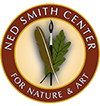ABOUT US
OUR MISSION
The mission of the Ned Smith Center for Nature and Art is to honor the legacy of Ned Smith by merging the arts and natural world through education, exhibition, and experiences.
OUR CORE VALUES
Education and Lifelong Learning
At the Ned Smith Center, we believe you’re never too young—or too old—to discover something new.
Conservation and Stewardship
We believe caring for the world around us is both a responsibility and a privilege.
Community
Community is at the heart of everything we do.
ABOUT NED SMITH
EARLY YEARS
E. Stanley “Ned” Smith was born on October 9, 1919, in Millersburg, Pennsylvania, a small town on the Susquehanna River north of Harrisburg. A self-trained artist and naturalist, he spent a 46-year career creating thousands of remarkably accurate wildlife drawings and paintings for books, magazines, and other publications, as well as dozens of limited-edition prints.
Ned grew up in a household deeply connected to the natural world. His mother was an avid birder, and his father—manager of a local shoe factory—had a strong interest in botany. Blending his love of natural history with a natural talent for art, Ned was already producing high-quality wildlife illustrations by the time he graduated from high school in the 1930s. After graduation, he began working not as an artist but as a lathe operator in a machine shop, providing a steady income for himself and his new wife and childhood sweetheart, Marie Reynolds.
Even as he worked full-time, Ned continued to draw and paint, spending every spare moment in the field—a lifelong habit. He refined his skills both as an observer of wildlife and as one of the region’s finest naturalists. In 1939 he made his first commercial sale: a cover painting for Pennsylvania Angler magazine. Soon afterward, he accepted a full-time illustration position with Samworth Publishing. Ned and Marie spent a year living on the Samworth estate in South Carolina while he illustrated the company’s hunting and firearms books.
Photo Credit: S. Wingard
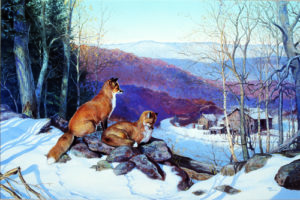 PA GAME COMMISSION & GONE FOR THE DAY
PA GAME COMMISSION & GONE FOR THE DAY
After returning to Pennsylvania, Ned became the staff illustrator for the Pennsylvania Game Commission—the start of a lifelong association with the state’s wildlife agency. Over the years he created nearly 120 cover paintings for Pennsylvania Game News, the agency’s magazine. In the 1960s he launched a monthly column he called Gone for the Day, which quickly became a favorite among readers.
Drawn from his extensive field journals and sketchbooks, the column was deceptively simple: diary-style reflections on the animals and plants he encountered, illustrated in his now-distinctive style with crisp pen-and-ink drawings and larger pencil and gouache renderings on toned paper. The column ran for four years and was republished in book form in 1971. It remains in print today as a classic of Pennsylvania nature writing.
REPUTATION AS AN ARTIST GROWS
With Marie serving as both business partner and companion in birding, camping, and fishing—and with his Game Commission work providing a strong platform—Ned’s reputation expanded rapidly. In 1953 he left the agency to become a full-time freelance artist, though the Commission remained a major client.
His freelance work included long-running columns, articles, and illustrations for Sports Afield, National Wildlife, Pennsylvania Angler, South Carolina Wildlife, National Geographic, and other magazines. Over his career he illustrated 14 books, including Hal Harrison’s Peterson Field Guide to Birds’ Nests. In 1983 he was commissioned to create Pennsylvania’s first state duck stamp, and he produced a second design two years later.
MORE THAN A WILDLIFE ARTIST
Ned was far more than a wildlife illustrator. He was a skilled photographer and a gifted writer with an informal, conversational tone. He was also a musician and an inventor. He and Marie were avid amateur archaeologists as well, once excavating a Native American encampment on a Susquehanna River island exposed by the floods of Tropical Storm Agnes in 1972. Many of their finds are now held by the State Museum in Harrisburg.
FINE ART PRINTS
In the late 1970s, Ned entered the growing field of fine art prints, initially publishing his own work before partnering with Sportsman Specialties, a gallery and publisher in western Pennsylvania. In the last five years of his life, he created a series of especially popular prints from large acrylic and oil paintings, including masterworks such as Waiting for Dusk, depicting a pair of red foxes on a late-winter evening, and A Little Bit Cautious, showing a black bear giving a porcupine a respectful distance.
During this period he also produced several of the Game Commission’s “Working Together for Wildlife” prints, including Dutch Country Bluebirds, one of his most beloved pieces, as well as fundraising prints for the National Wild Turkey Federation, Hawk Mountain Sanctuary, the Pennsylvania Federation of Sportsmen’s Clubs, and other organizations.
LEGACY
Ned battled heart disease for many years. In the spring of 1985, while working in the garden of his Millersburg home, he died of a heart attack at age 65. Since then, the value of his work has continued to rise—original paintings now exceed $60,000, and some prints resell for more than $5,000.
Marie’s early wish to find a permanent home for her extensive collection of Ned’s art eventually led to the idea of creating the Ned Smith Center for Nature and Art. The Center uses Ned’s many overlapping interests and talents to bridge the worlds of art and natural science. Marie passed away unexpectedly in January 2002, less than two weeks before Pennsylvania Governor Mark Schweiker presented a $2 million check toward construction of the facility that would fulfill her dream.
ABOUT THE CENTER
The Ned Smith Center for Nature and Art is a 501(c)(3) nonprofit dedicated to celebrating the life and work of its namesake, nationally recognized wildlife artist, naturalist, and writer Ned Smith. The Center’s grounds offer more than 500 contiguous acres of rustic beauty just outside his hometown of Millersburg, Pennsylvania—only 30 minutes north of Harrisburg. Founded in 1993, the Center opened its permanent home on October 9, 2004, which has since grown to include three gallery spaces, a gift shop, administrative offices, and classrooms.
In June 2011, with the support of the Pennsylvania Game Commission, we opened the permanent Ned Smith Gallery. This gallery showcases a rotating selection from the $2.3 million collection of hundreds of original paintings, drawings, field sketches, journal notes, and manuscripts generously donated by Ned’s widow, Marie.
Our beautiful open-air amphitheater became a reality in 2014. Today, the DeSoto Amphitheater hosts top regional and national performers under the stars, set against a backdrop of woods and creek.
In 2018, the Center opened the Nature’s Discovery Play Area—now one of the most popular features on the property. This nature-inspired “yes” space invites children to explore a water feature, fort, sensory pathway, and more.
The Ned Smith Center plays an active role in education, offering year-round workshops, guided walks, lectures, and special events focused on nature, art, and conservation. With a permanent home and room to grow, the Center continues to enrich lives locally, throughout Dauphin County, and beyond.
Let us play a role in the rediscovery of your world!
NED SMITH CENTER STAFF
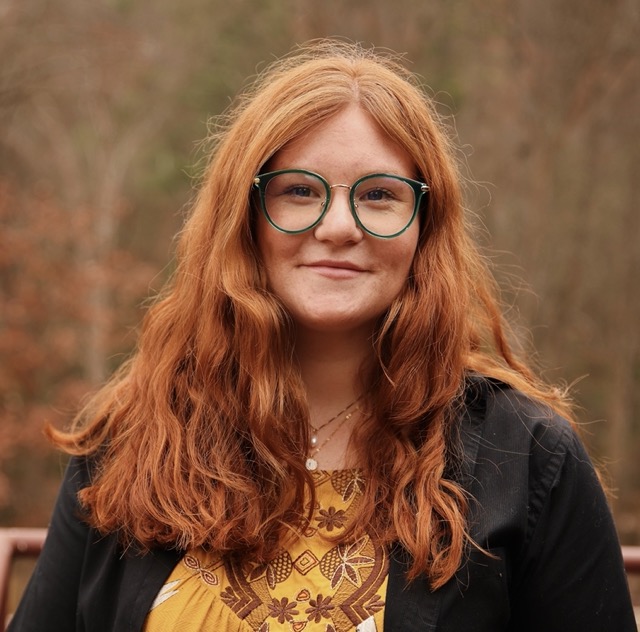
Alexis joined the center in August of 2022. Originally from Maine, Alexis moved to Pennsylvania to pursue a degree in Religious and Museum Studies at Susquehanna University. Alexis had the pleasure of working in the Archives of the Lore Degenstein Gallery at Susquehanna, caring for the permanent collection and curating exhibitions. Alexis lives with her husband, two dogs, a cat, and a tree frog. In her free time, she enjoys camping, rowing, reading, being outdoors, and practicing Brazilian Jiu-Jitsu. Alexis loves working in the Archives of the Ned Smith Center, taking care of Ned’s art, curating exhibits in the galleries, and sharing the masterpieces of local artists.
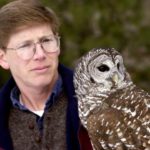
A longtime volunteer with the Center, Scott Weidensaul is the author of more than two dozen books on natural history, including the Pulitzer Prize-nominated Living on the Wind, about bird migration, Return to Wild America: A Yearlong Search for the Continent’s Natural Soul, and his newest book, Of a Feather: A Brief History of American Birding. Weidensaul writes for such publications as Smithsonian, Audubon, Nature Conservancy and National Wildlife.
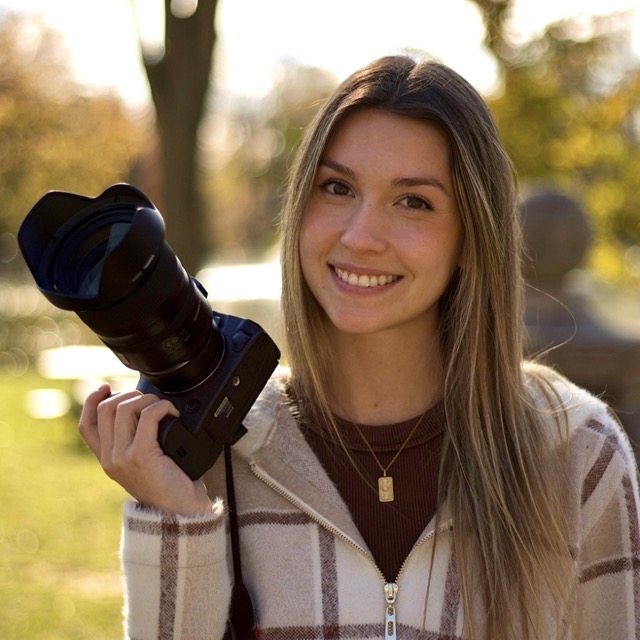
Britt returned to the Center in June 2024 after serving as our summer education intern in 2021 and contributing to the rain garden interpretive signage as part of her internship project.
A native of New Cumberland, PA, she earned a bachelor’s degree in wildlife science from Penn State in 2022. Since then, Britt has built an online following for her pet portrait business (@brittcoleart) on Instagram, Facebook, and TikTok. With a background in art, design, and social media marketing, she aims to enhance the Center’s online presence and outreach.
In her free time, Britt enjoys hiking, photography, music, travel, and spending time with her dog.
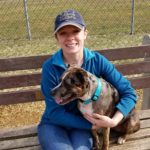
Emily joined the staff in January 2019. She grew up surrounded by the woods and farm fields of Huntingdon County, so she feels quite at home here in Millersburg. After obtaining her degree in Biology from Saint Francis University, she discovered her love of nature and education while interning at Shaver’s Creek Environmental Center. Emily and her husband, Travis, hopped around a little bit, finally settling in Dauphin in 2018. A year later, Emily was hired at the NSCNA and loves being a member of the community and NSCNA team! When not at work, she enjoys hiking, reading, exercising, creating, foraging, and making sure her dogs, Clara and Millie, are living their best lives.
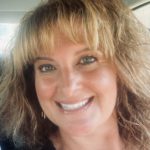

Lara joined the staff in May 2024 with a professional background in nonprofit leadership, education, and communications and personal interests in nature, conservation, and the arts. A former classroom teacher, she brings extensive experience developing educational content, programs, and events to the Center as well as a passion for mission-driven nonprofit management. She holds a bachelor's degree from Mount Holyoke College and a master's degree in education from The George Washington University. She enjoys spending time outdoors (especially on or near water) and is excited to return to PA to be closer to family after many years in Virginia and Minnesota.
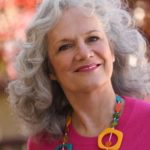
Christina joined the staff as a freelance grant writer and manager in 2023. She has an extensive background of 25 years in non-profits, mainly dealing in fiscal
operations and grant writing. She also worked as a consultant to small
businesses interested in updating their fiscal management to computer-based
software programs. She later took some time away from the non-profit world to open a gallery in Harrisburg and during that time became a co-founder of “Third in the Burg”, a creatively centered monthly community wide art exhibition. She was a writer for a local magazine creating monthly content regarding the arts and restaurants in the city and winning First Place journalism awards from Pennsylvania News Media Association for two years. She continues to write a monthly art news blog for a local gallery.

Gary joined the Center in October of 2023, and is excited to get outside and learn what the grounds at the NSCNA have to offer. He has worked a wide variety of positions in his life from a contracted inspector for Conrail, crane crew, auto service technician and fire protection to just name a few. Gary has lived in Berrysburg since 1988 with his wife, Julie, where they raised their three children. Gary enjoys the outdoors, whitetail and varmint hunting, hand loading, the shooting sports and spending time at camp. He hopes to get the position off on a solid start and a straight path for those who will follow in his footsteps.
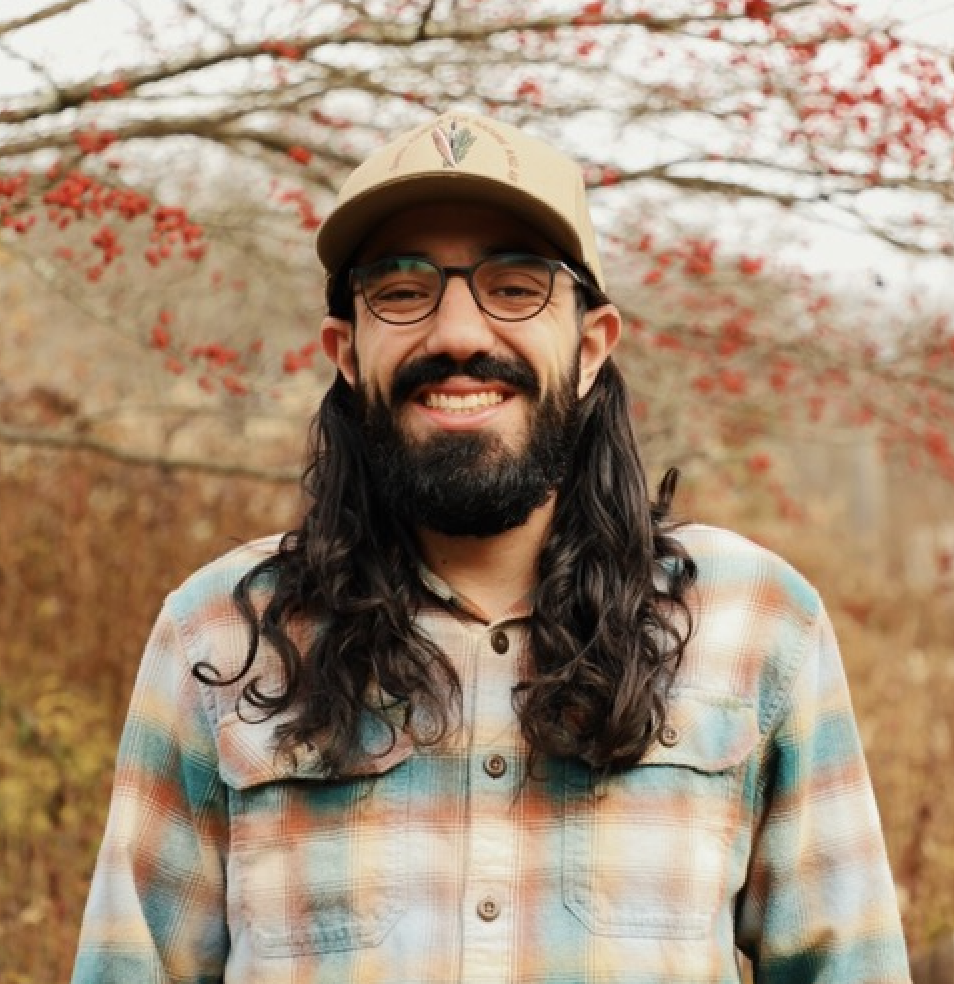
Greg joined the Center in November of 2024. Born and raised in Northern New Jersey, Greg spent much of his childhood exploring the woods behind his home and traveling to as many national parks as he could. He discovered his love for nature and education during his undergraduate years at Penn State while participating in an outdoor school program at Shaver’s Creek Environmental Center. Since graduating in 2019 with a bachelor’s degree in outdoor recreation, Greg has worked for various environmental education programs across the country from the Catskill Mountains of New York to the Coastal Redwood Forests of California. During his free time, he enjoys hiking, camping, climbing, skiing, and attending Penn State football games.

Alexandra Singer was raised in Halifax, PA and went to school at Lock Haven University where she earned her bachelor’s degree in biology with a concentration in marine science. Most recently, Alexandra was a Fisheries Observer for the National Oceanic and Atmospheric Administration and a Fish Culturist for the Pennsylvania Fish & Boat Commission.
In her spare time, Alexandra likes hiking with her husband, Jon and her two dogs – Aspen and Linda. She also enjoys food preservation, koi aquaculture, African cichlid aquaculture, and hermit crab terrariums.
Alexandra looks forward to aiding the Ned Smith Center in the continuation of inspiring future conservationists, artists, and generations to never stop learning and exploring.
Ed Black, President
Chris Ramsey, Vice President
Jim Nace, Treasurer
Trudy Withers, Secretary
Erin Margerum, At-Large
Pam Keefer
Dave Kutz
Raymond Enders
John D. Laskowski
Rick Calla
Judy Fasnacht
John Ulsh
Tim Travitz
Dharla Maiden
Bill Kobel
Arts & Entertainment
Chris Dietz
Development
Tim Travitz & Alex Reber
Education
Judy Fasnacht
Executive
Ed Black
Finance
Jim Nace
Forest Stewardship
Jerry Hassinger
Governance
Dave Kutz
Lands and Trails
Scott R. Bills
Nominating
Chris Ramsey & Erin Margerum
Owl Research
Scott Weidensaul
